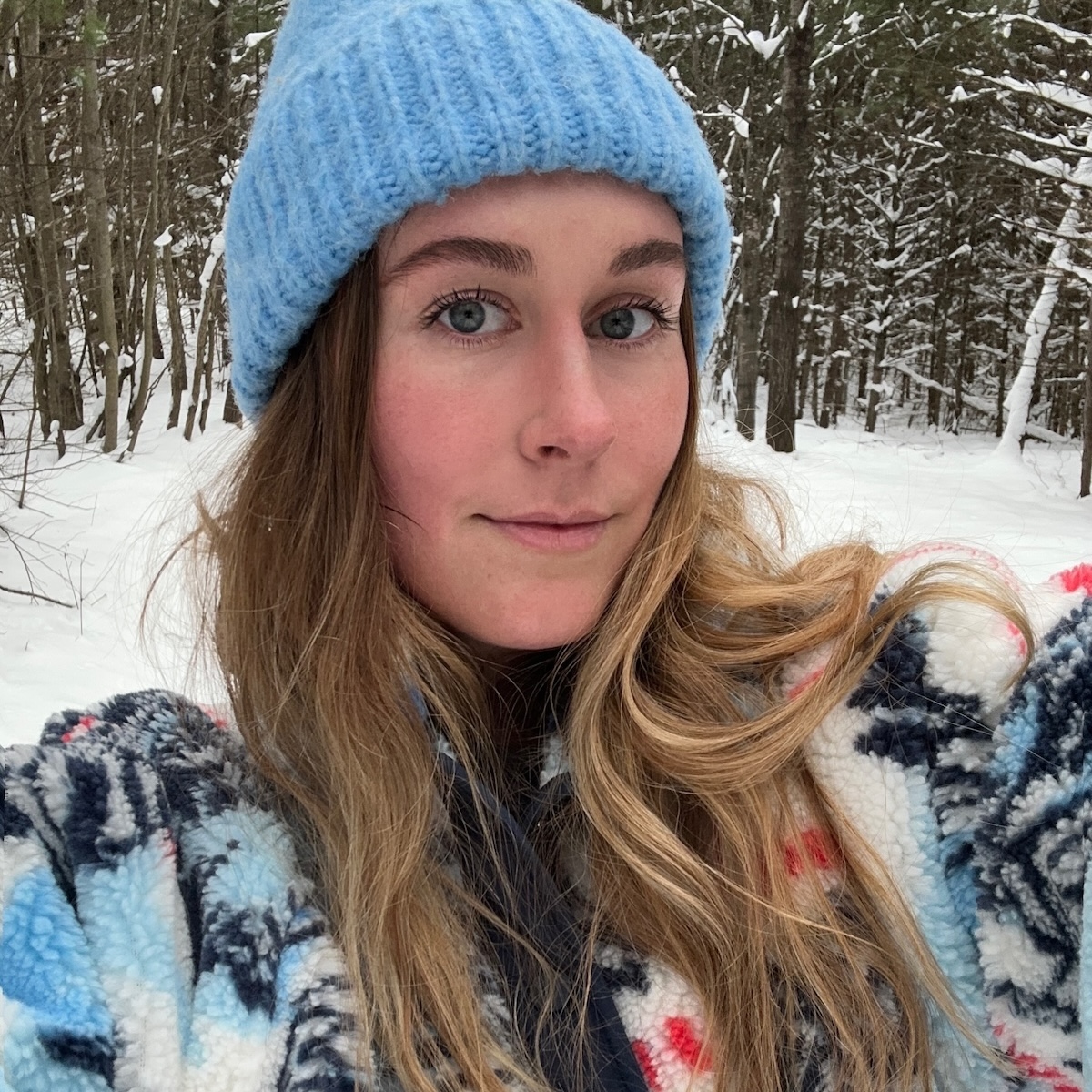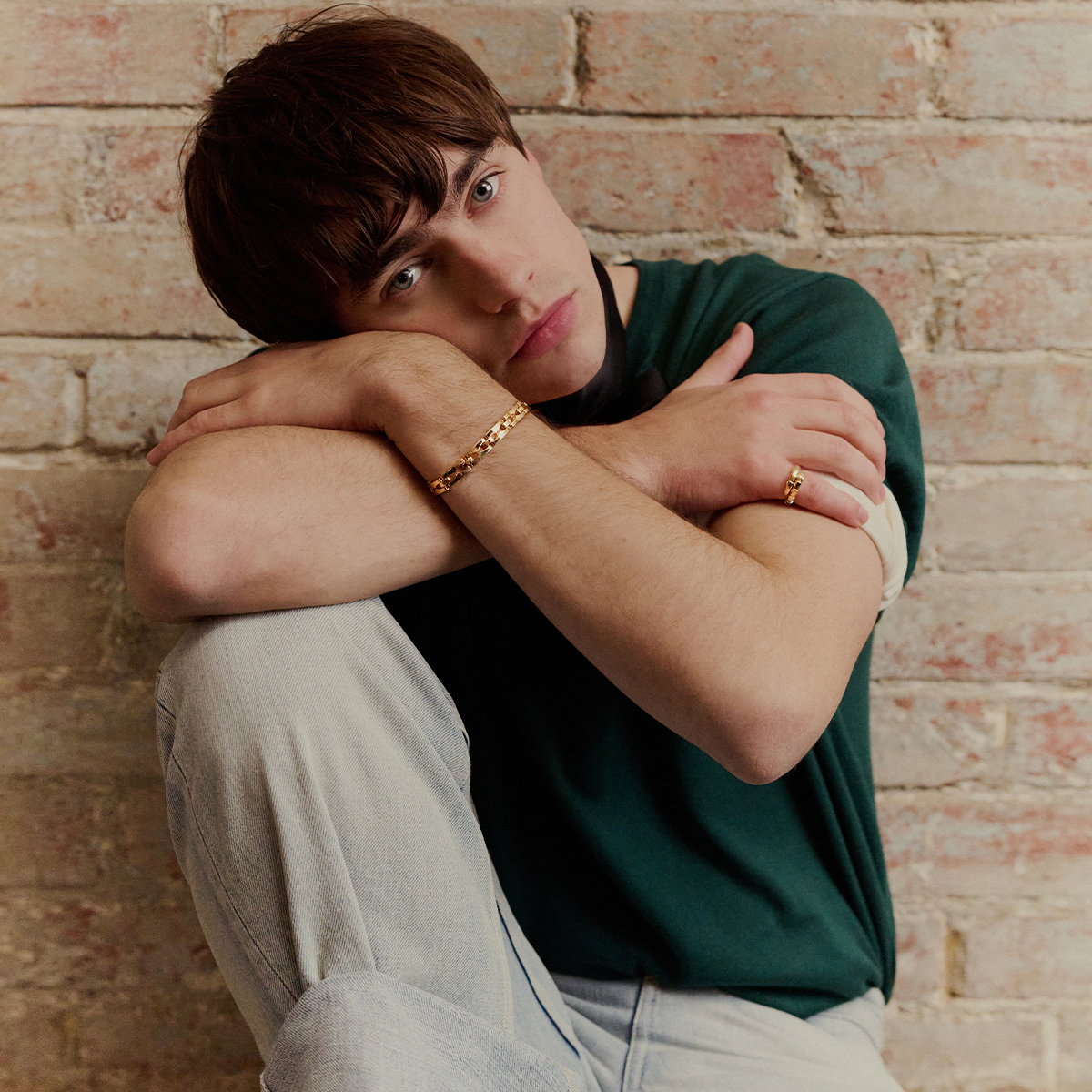The 10 Best Curling Irons for Bouncy Curls, Chloé Waves, and Beyond
We’ve tested dozens, but these are the only winners.
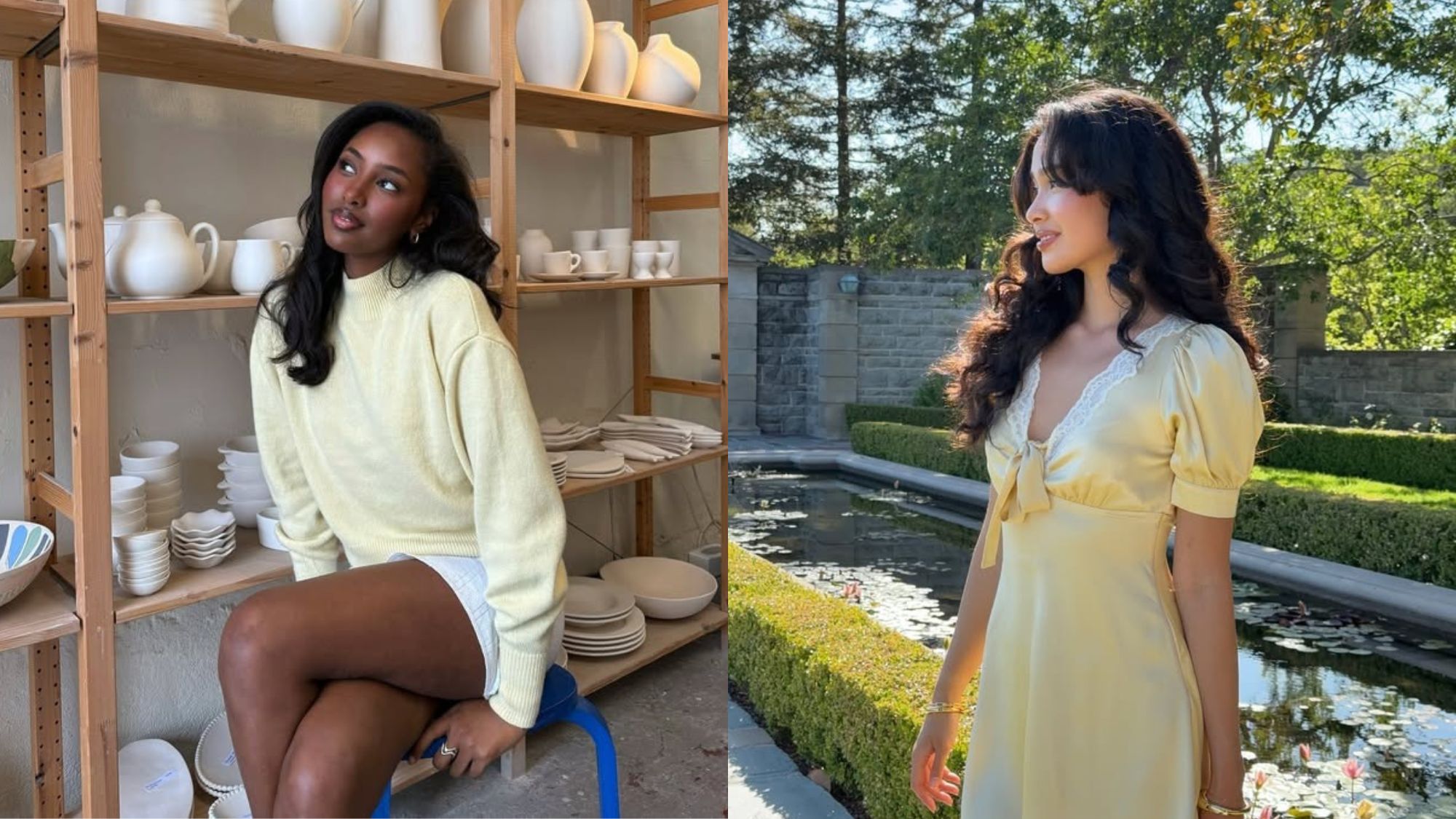

Shawna Hudson
Unless you’re a hairstyling savant, most people would agree that learning how to curl your hair well is a process riddled with trial and error. There are thousands of curling irons on the market, from wands to straighteners that curl, making it even harder to find the style that will take your hair from limp to a '90s-inspired blowout. However, with the rise of "Chloé girl" waves and bouncy, soft curls in the past few months, we found ourselves digging back into our collections of hair tools to transform our technique from prom curls to It-girl swirls—not without the help of our most trusted experts, of course.
Your hairstylist’s favorite hairstylist, Justine Marjan, says that the very most important thing to look for in a curling iron is one that won’t damage your strands. This means high-quality material, smart technology, and the right prep work. “I look for a finish that doesn’t pull or snag the hair and an iron that is comfortable to hold, with a cool tip,” Marjan tells Who What Wear. “I also look for irons that have curl-responsive technology and even heat distribution that is constantly recalibrating for consistent results.”
With this information in tow, we set off on a mission to find the very best curling irons on the market, with options for every hair type, texture, and budget. Keep scrolling for the cream of the curling irons crop, according to hair-obsessed editors, celebrity hairstylists, and salon owners.
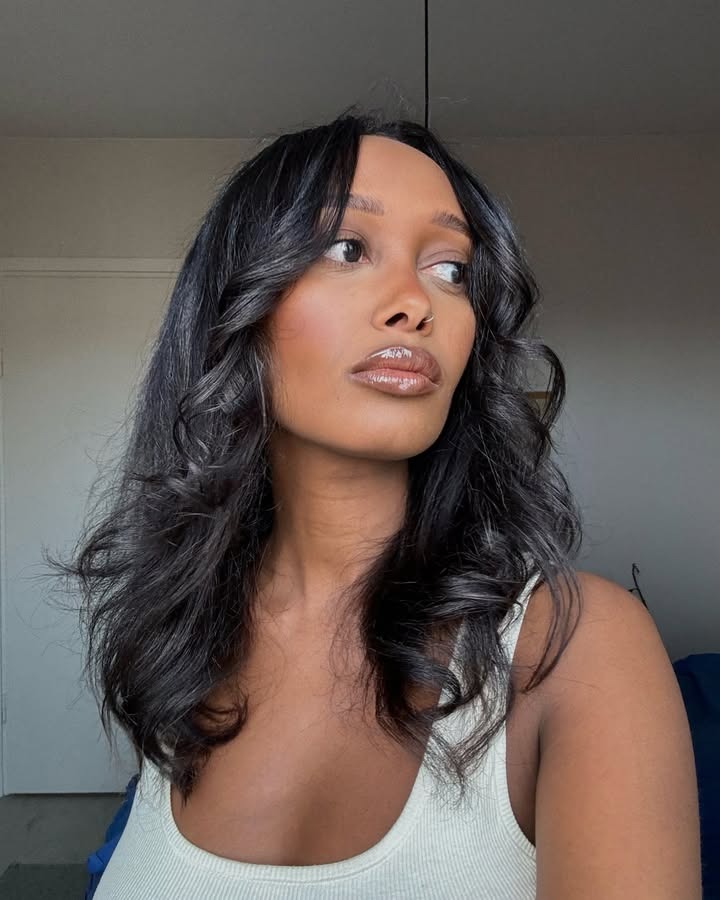
The Best Curling Irons, at a Glance
- Best Overall: Hot Tools 24K Gold Curling Iron
- Best Budget: Conair Double Ceramic 1.25-Inch Curling Iron
- Best for Fine Hair: T3 SinglePass Curl X 1.5-Inch Extra-Long Barrel Curling Iron
- Best for Long Hair: Babyliss Nano Titanium Professional Curling Iron
- Best for Curly Hair: GHD Classic Curl 1-Inch Curling Iron
Best Overall: Hot Tools 24K Gold Curling Iron
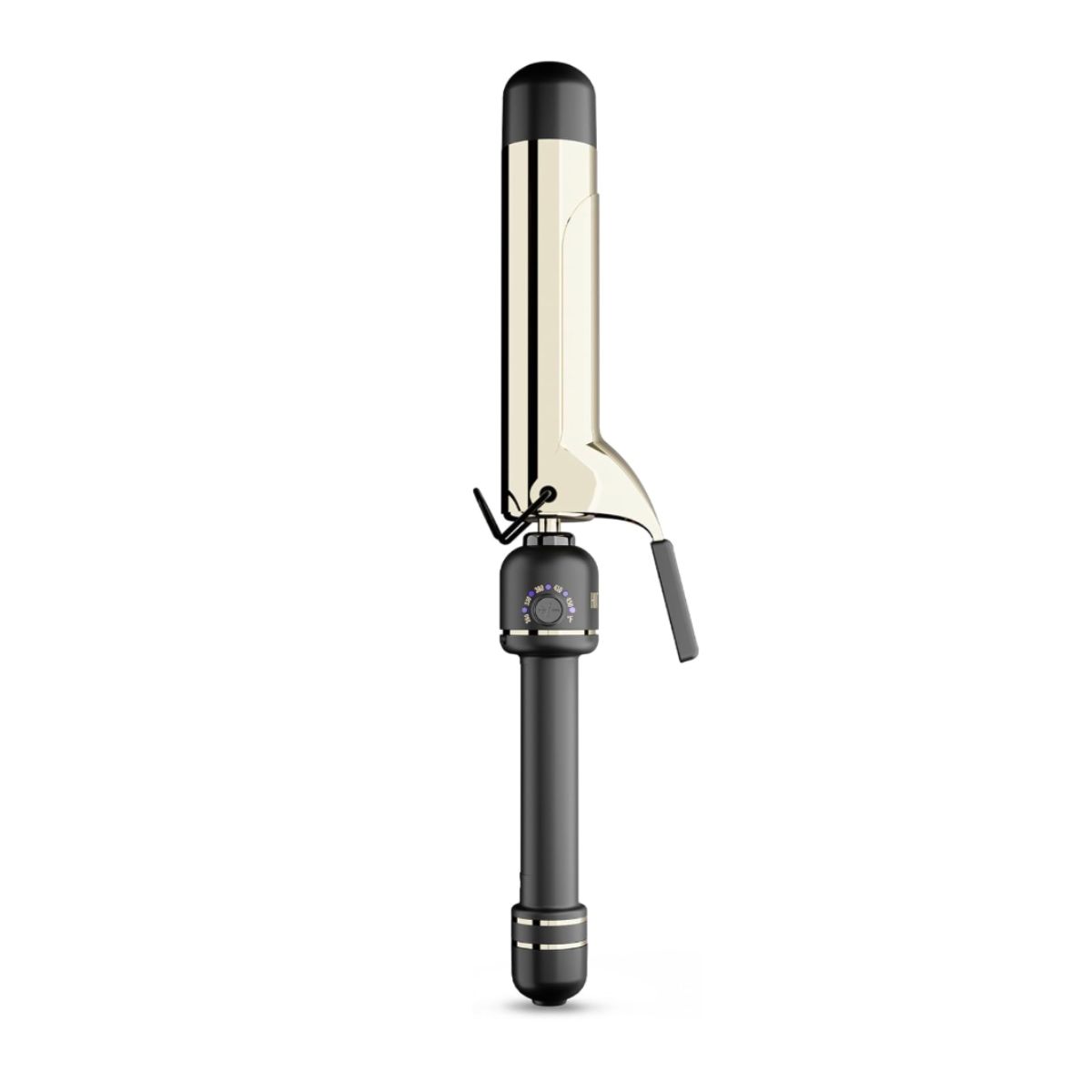
Pros: Extended barrel, than most traditional curling irons, made of ultra-lightweight nano titanium for even heat distribution, temperatures can reach up to 430°F, and dual voltage for travel.
Cons: Button placement can be confusing at first
Barrel size: 1.5 in. | Material: 24-karat gold-plated titanium | Heat settings: Up to 450°F
Lauded among editors and stylists alike for its agreeable price, quality material, and salon-level results, this Hot Tools curling iron is a great selection for anyone looking for stunning results without breaking the bank. This one-and-a-half-inch barrel is great for creating the lazy beachy waves that fashionable people can’t stop wearing, and it’s made with a 24 karat gold surface that evenly distributes heat—accommodating a wide variety of hair types. "The elongated barrel is super helpful with longer hair, and the titanium plates are excellent for smoothing curly/textured hair,” says Mahogany Grace, NYC hairstylist and salon owner. Plus, it has that extra-long cool tip that Marjan recommends for easier, safer styling.
Customer Review: "This is THE BEST curling iron I’ve ever purchased. Great for those with long hair, coily hair, a lot of hair, and/or hard to style hair. I’ve gone through several higher priced options this past year alone ($100-$250 each) in my never-ending quest for a curling iron that would work with my hair. Unfortunately, the pricier brands turned out to be just as ineffective as the reasonably priced brands. Until this purchase.”
Best Budget: Conair Double Ceramic 1.25-Inch Curling Iron
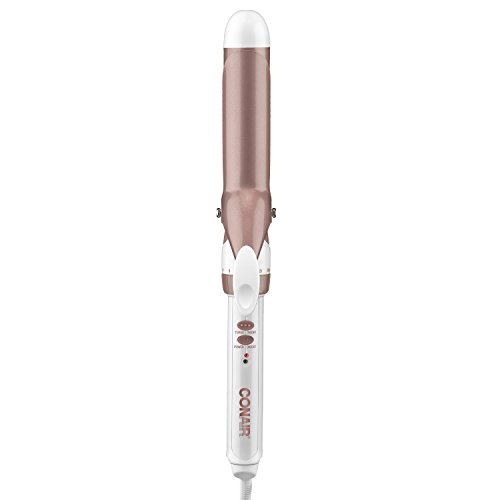
Pros: Great value for price, variety of barrel sizes, turbo heat boost for difficult-to-style areas
Cons: Easy to hit the "off" button when styling
Barrel size: 1.25 in. | Material: Double ceramic | Heat settings: 30
This curling iron has a smaller barrel and works well for touching up natural curls or giving them more definition. Its double-ceramic surface promotes even heat distribution and reduces frizz, making styling faster and more efficient. It has an extensive amount of heat settings (30!) that can reach a safe maximum temperature of 375°F and a turbo heat mode that offers an extra 27°F burst to effectively style difficult sections. The best part? This pick heats up quickly, needing only 60 seconds to reach full temp.
Customer Review: “This curling iron has quickly become my favorite. It heats up fast, distributes heat evenly, and the ceramic barrel glides through my hair without snagging. The 1 1/4-inch size is perfect for creating loose waves or soft curls, and they last all day without needing a ton of hairspray… For the price, the quality is amazing—definitely a great option if you want reliable, everyday curls without spending a fortune.”
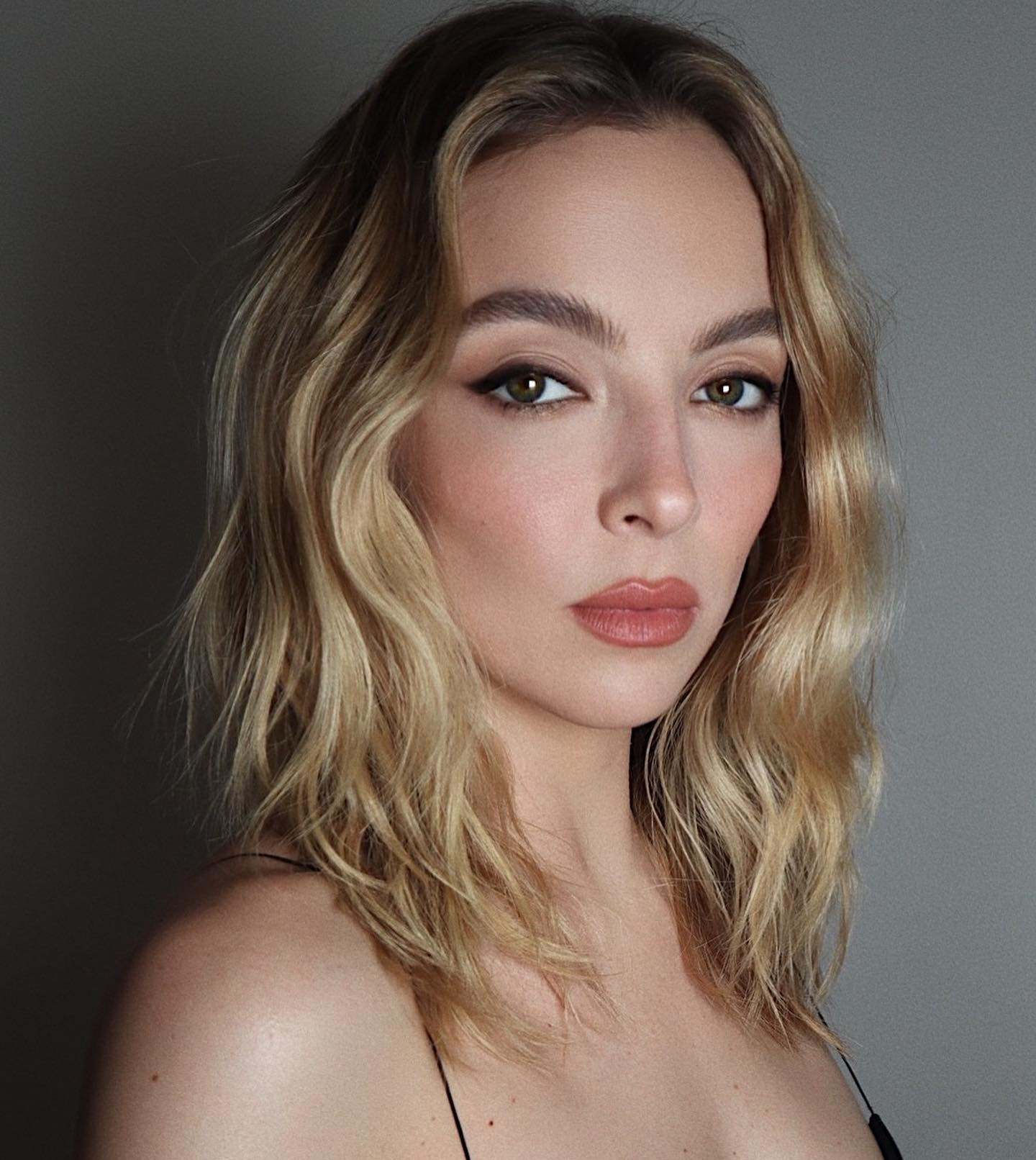
Best Wand: GHD Chronos Curve Canonical Wand
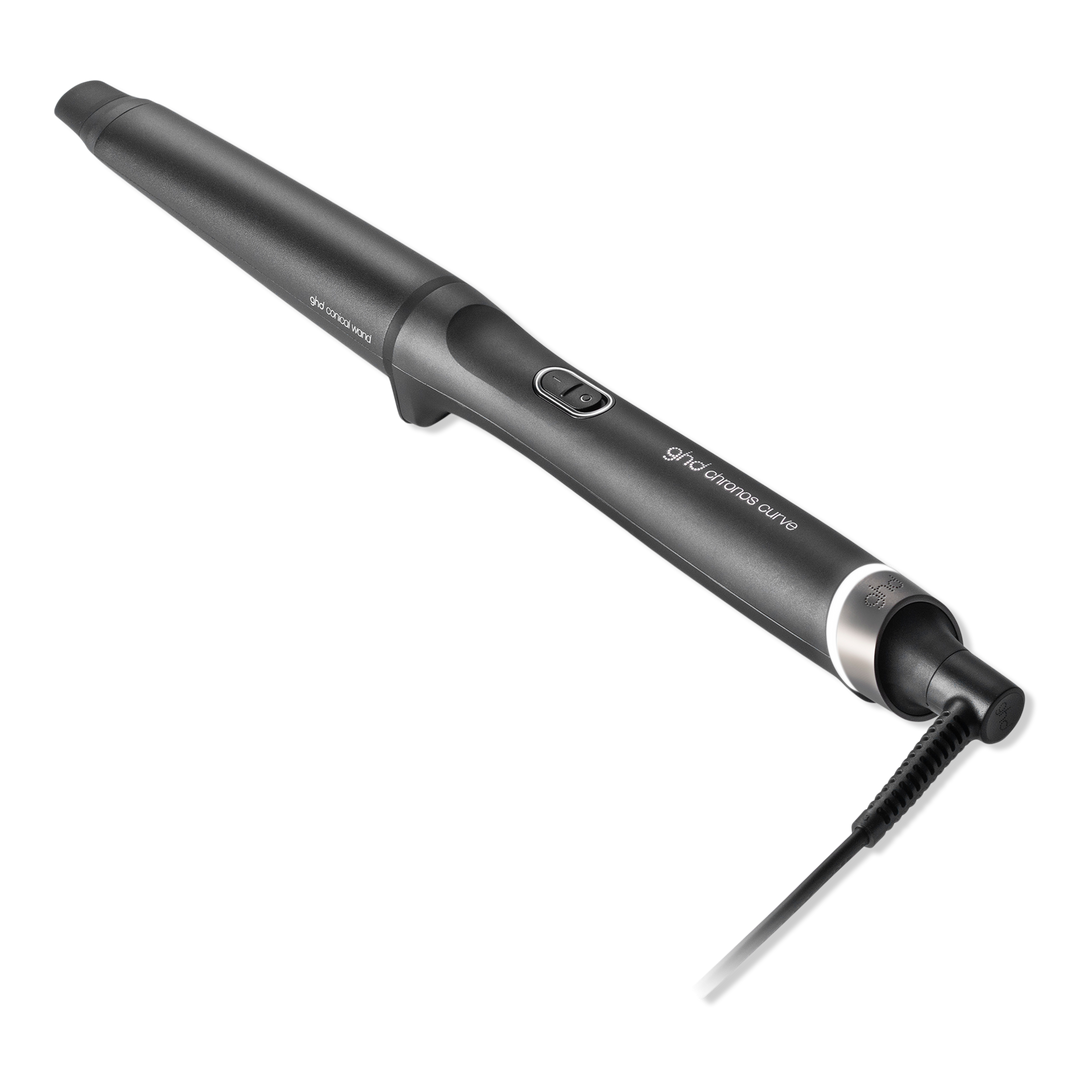
Pros: Easy to use, prevents heat damage, includes smart technology
Cons: It's a pricier pick
Barrel size: 1-0.9 in. | Material: Anodized-coated ceramic | Heat settings: Preset to 365°F
With its tapered barrel, strand-smoothing material, and ergonomic design, senior beauty editor Jamie Schneider highlights this curling wand as her favorite for dreamy beachy waves. This iron is preset to a damage-preventing temperature of 365°F, which promotes hair health and boosts shine, and the barrel's anodized coating improves hair grip for optimal curl without pulling or yanking the hair. If you struggle with clamped barrels and prefer to go without them, then this wand is worth a shot.
Customer review: "This wand is the real deal! It heats up in 25 seconds, has a flashing indicator light. It only heats to one temperature to avoid overheating. It also has its own built-in stand, to avoid falling over. Curling is easy, and the curls last. I would definitely recommend this wand!!"
Best for Fine Hair: T3 SinglePass Curl X 1.5-Inch Ceramic Extra-Long Barrel Curling Iron
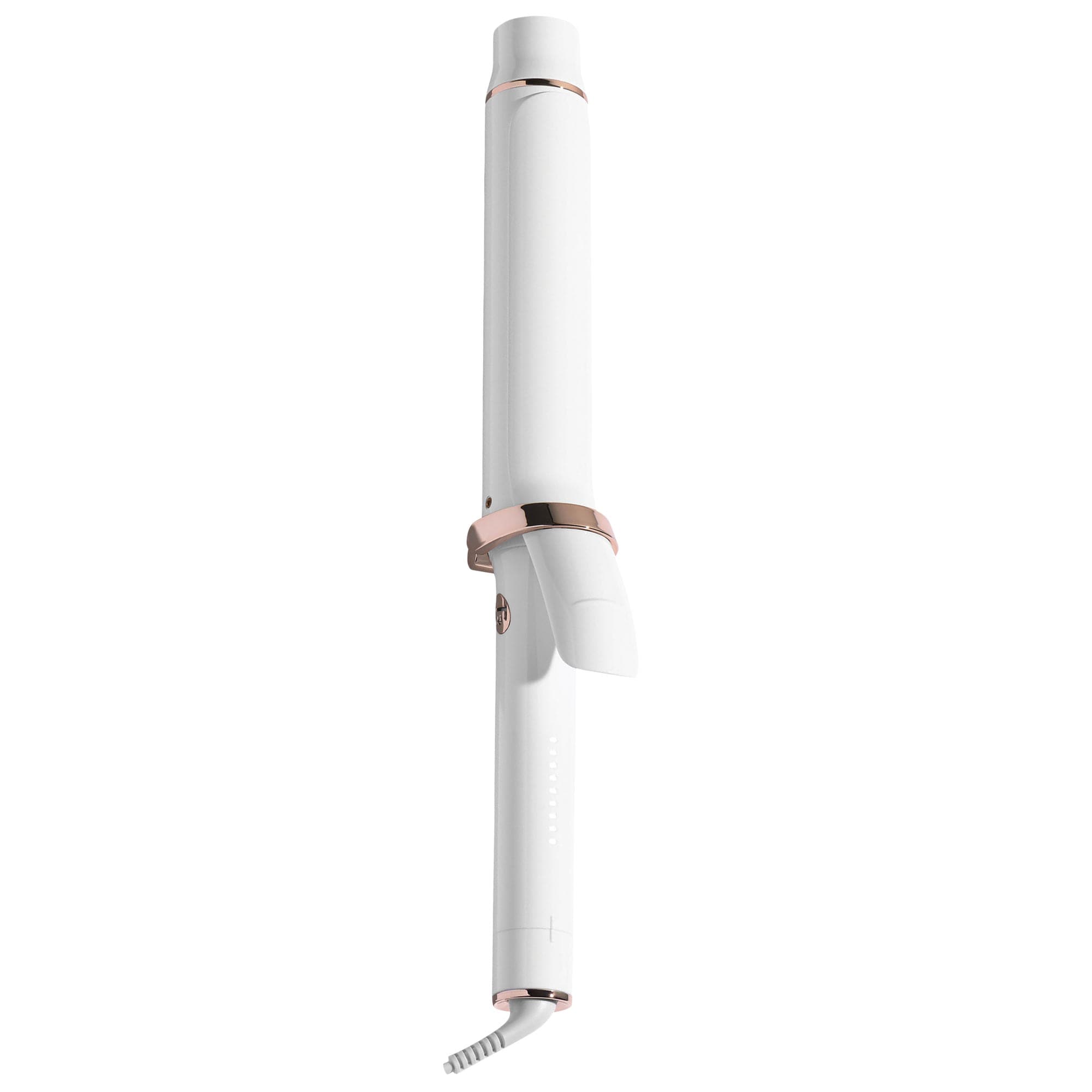
Pros: Uses SinglePass technology with five digital heat settings to deliver optimum temperature, ceramic heater technology delivers even and consistent heat.
Cons: Expensive.
Barrel size: 1.5 in. | Material: Ceramic | Heat settings: 9
If you have all but given up on curling irons because of fine, style-resistant strands, then this is the hot tool for you. Beauty editor Kaitlyn McLintock prefers this fast-styling iron from T3 that gets its name from its single pass technology, which automatically customizes the heat settings to your specific hair type and delivers the perfect curling temperature. The long-barrel design makes it easy to capture hard-to-reach areas, and the smooth ceramic surface effectively distributes heat to mold your hair in less time, meaning less damage down the road.
Customer review: “I have fine hair that is a few inches past my shoulders. This barrel is plenty long for me, I only use about half of it so I think this will work for even very long hair. This makes very large waves, which is just what I am after, and it performs exactly as I want. I use heat setting 3 and it's plenty for me, but goes up to 9 for those with coarse hair. I love that it's not too heavy so I get no wrist strains.”
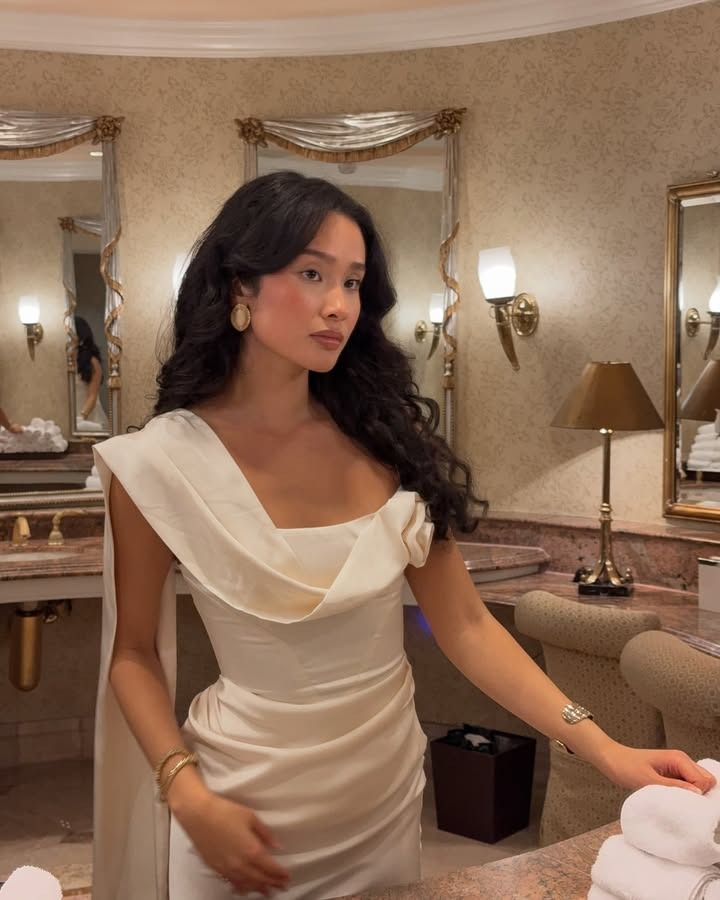
Best for Thick Hair: GHD Curve Soft Curl Iron
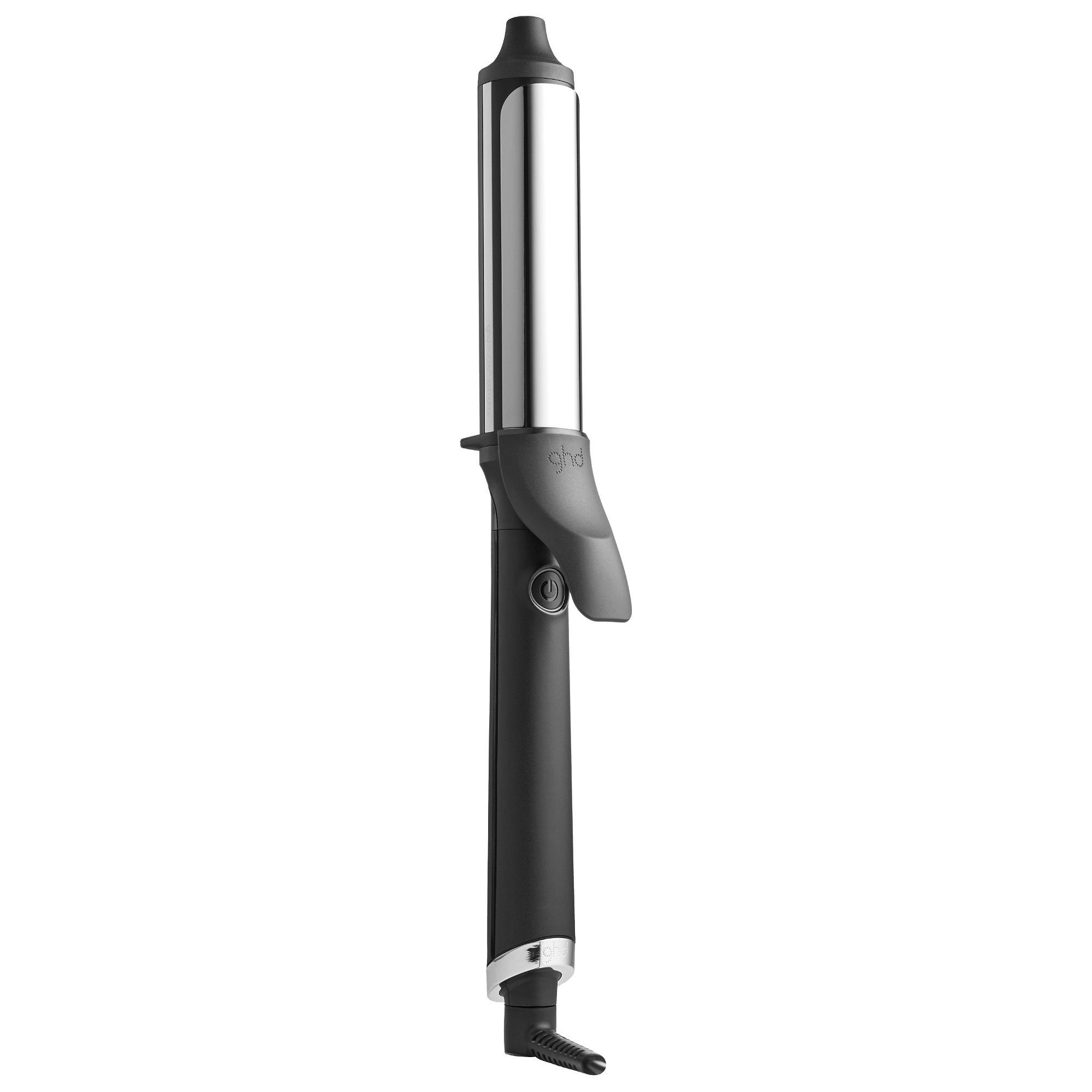
Pros: Great heat distribution, adds volume at the roots, heats up quickly
Cons: On the pricey side
Barrel size: 1.25 in. | Material: Ceramic | Heat settings: Up to 365°F
Celebrity hairstylist Laurabeth Cabott calls this smart curling iron one of her “all-time favorites.” Its large, ceramic-coated barrel is great for thick hair thanks to its ultra-zone heated plates, and Cabott likes that it comes preset to 365°F, “keeping any heat damage at bay.” Though Cabott recommends this iron for all hair types, celebrity hairstylist Derek Williams singles this one out for thick textures because of its advanced heat distribution that boosts volume from the root and won’t skimp on dense strands. Plus, it heats up in only 25 seconds, making rushed mornings that much easier.
Customer review: “I have long, thick, coarse hair. Hands down this is the best curling iron I’ve ever used in 30 years, and I’ve tried them all. [There’s] one heat setting that prevents damage, easy on/off button, heats up in seconds, rod glides through hair without tugging or pulling, no irritating metal stand you have to flip down when you want to rest the iron on the counter that can snag your hair. Curls last two days for me. I feel like a woman who curls her hair daily actually invented this. No notes.”
Best for Curly Hair: GHD Classic Curl 1-Inch Curling Iron
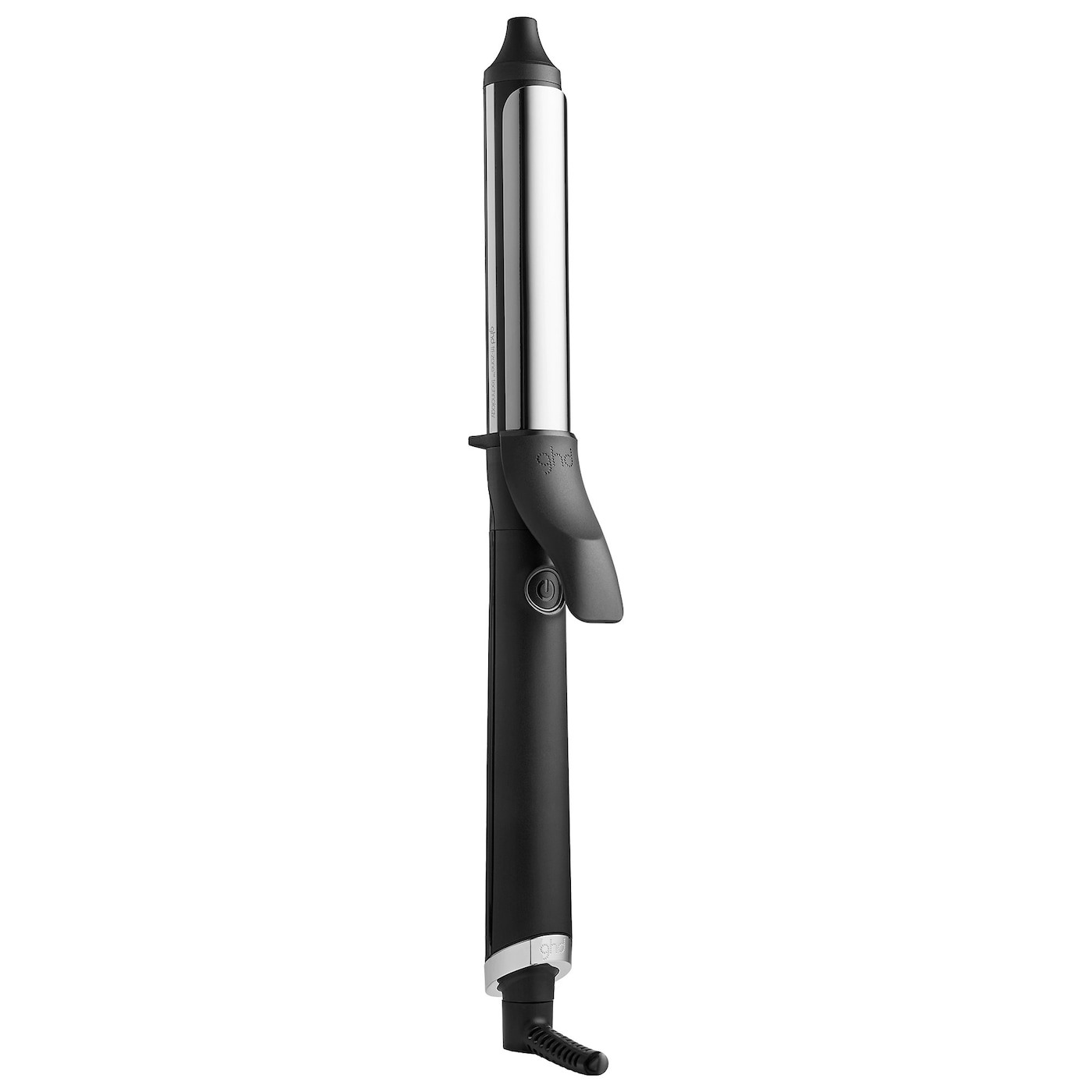
Pros: Frizz-smoothing barrel, preset to non-damaging temperature, barrel size is great for curly types
Cons: Only one heat setting, expensive
Barrel size: 1 in. | Material: Ceramic | Heat settings: Up to 365°F
Though similar in aesthetics to the GHD Curve Soft Curl Iron, the Classic Curl is better for enhancing natural curls than providing volume, like the former. Grace appreciates this traditional iron for most hair types—including curly hair—because of its easy-to-use one-inch barrel and ceramic-coated material that smooths frizz. "Irons for curly hair are meant to enhance and define your natural curl pattern, so it's best to find an iron the size of your curl," says Williams, making this relatively small barrel (one inch) the perfect contender for your heat-styling process.
Customer review: "My hair is naturally wavy-curly and fine, [and] just about shoulder-length. I was using my GHD gold professional flat iron to curl my hair, which works great, but I wanted more defined curls… This Curve 1” is hands down the best and easiest for me. Love the defined curls this gives me… It gives tons of volume to my hair. I can go two days without washing my hair using this styler.”
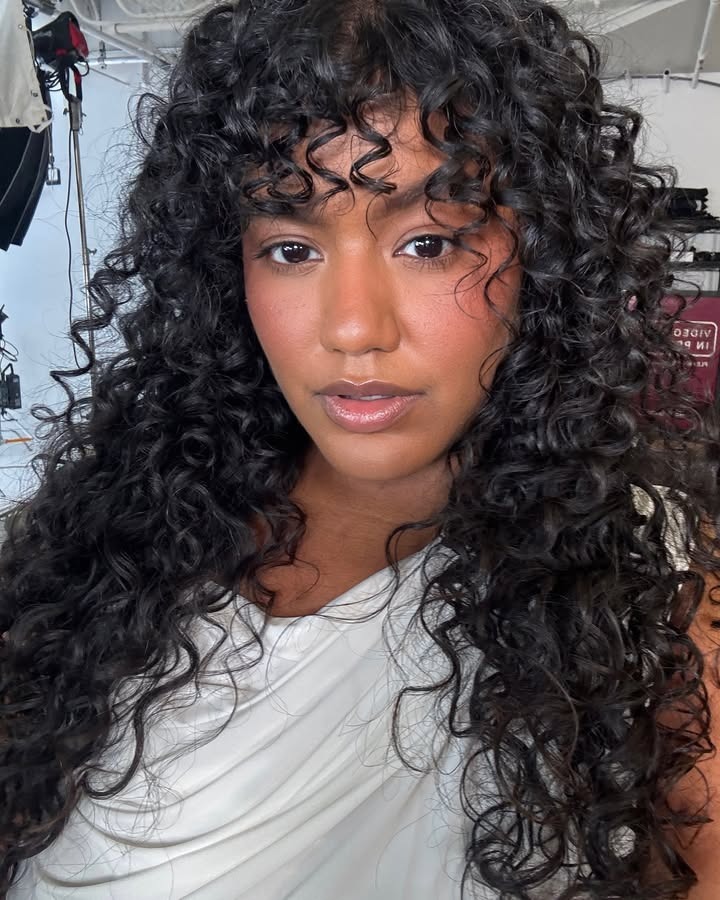
Best for Short Hair: Revlon Perfect Heat Triple Ceramic Curling Iron
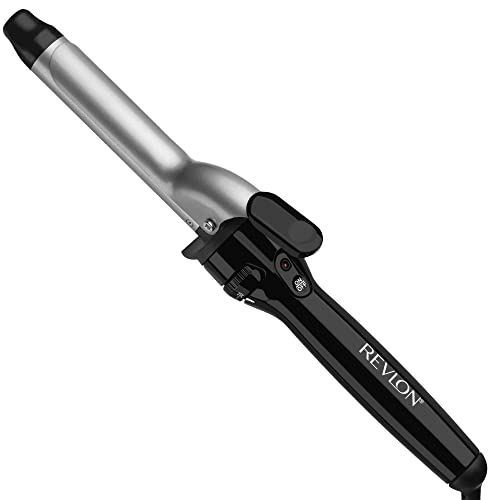
Pros: Low-priced, adjustable heat settings, slim barrel size
Cons: Some shoppers cite flimsy material
Barrel size: 1 in. | Material: Ceramic | Heat settings: 30
As far as drugstore curling irons go, Grace swears by Revlon tools. This one works well for short (and fine!) hair since due to its slimmer barrel, which makes it easier to wrap and style sheared strands. Speaking of the barrel, its ceramic base is triple-coated to prevent heat damage from excessive styling, and you can customize your heat settings with its 30 levels that can reach up to 400°F.
Customer review: "What the heck! This curling iron was WAY better than I expected! My curls have held ALL days and it's been crazy windy. I used a little bit of dry texture spray but that's it! Very pleased!”
Best for Long Hair: Babyliss Nano Titanium Professional Curling Iron
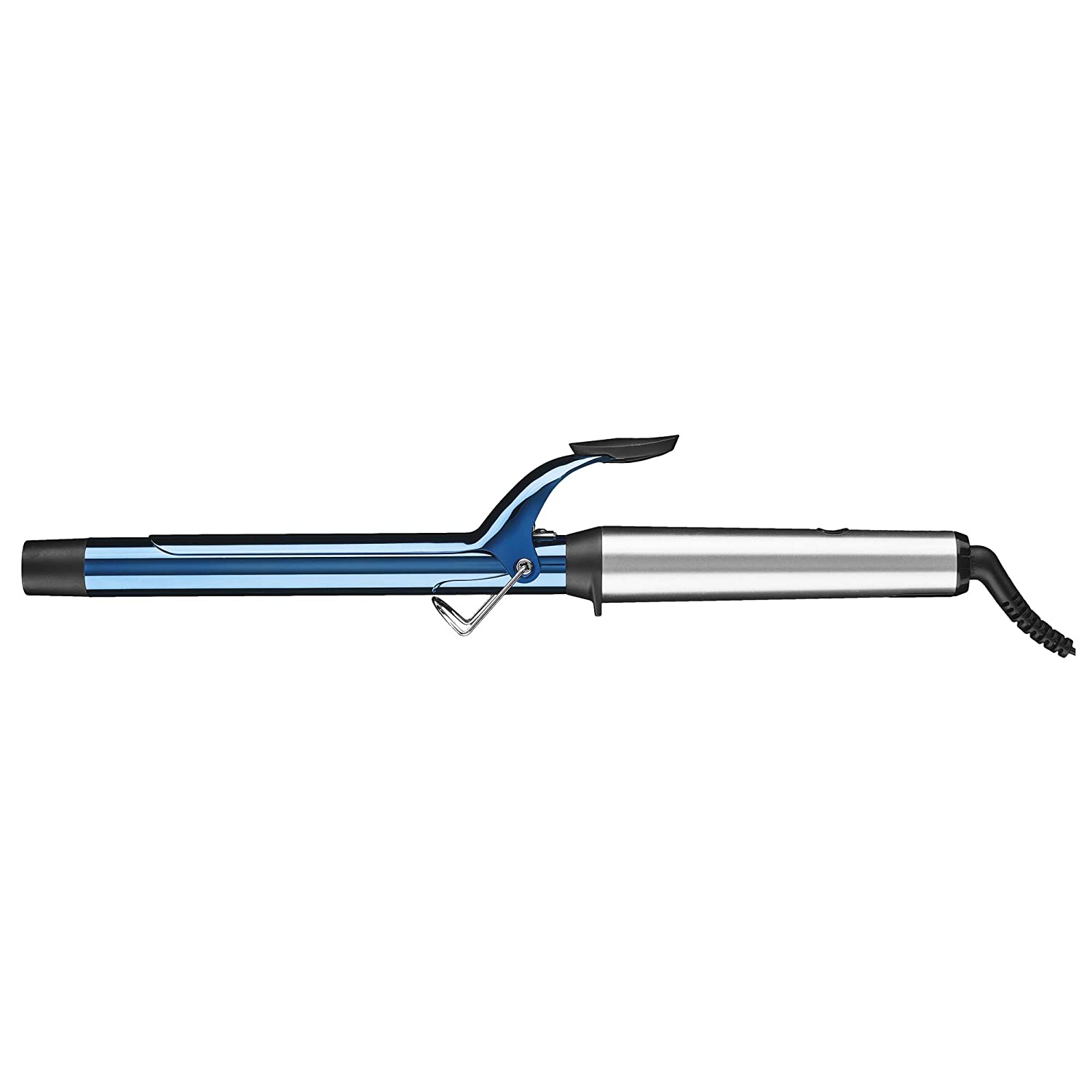
Pros: Extended barrel, ergonomic and lightweight body, made of ultra-lightweight nano titanium for even heat distribution, temperatures can reach up to 430°F, and dual voltage for travel.
Cons: Expensive.
Barrel size: 1 in. | Material: Nano titanium | Heat settings: 5, up to 430°F
Having longer hair can make curling a pain, but there are several tools out there that make this task easier. This Babyliss curling iron has an extended barrel that is two inches longer than most traditional barrels, and it’s made from nano titanium for optimal heat distribution and sleek, shiny results. "The elongated barrel is super helpful with longer hair, and the titanium plates are excellent for smoothing curly [and] textured hair,” says Grace of this tool. Plus, its lightweight body makes it easy to style long hair painlessly as it cuts down on time and arm fatigue.
Customer review: "I tried MULTIPLE curing irons before finding this one and I am AMAZED. Great quality, glides through the hair without snagging. I have 18 inch extensions in and the long barrel helps for quick styling. Absolutely recommend this curling iron. Very easy to use and works amazingly for the perfect mermaid hair!”
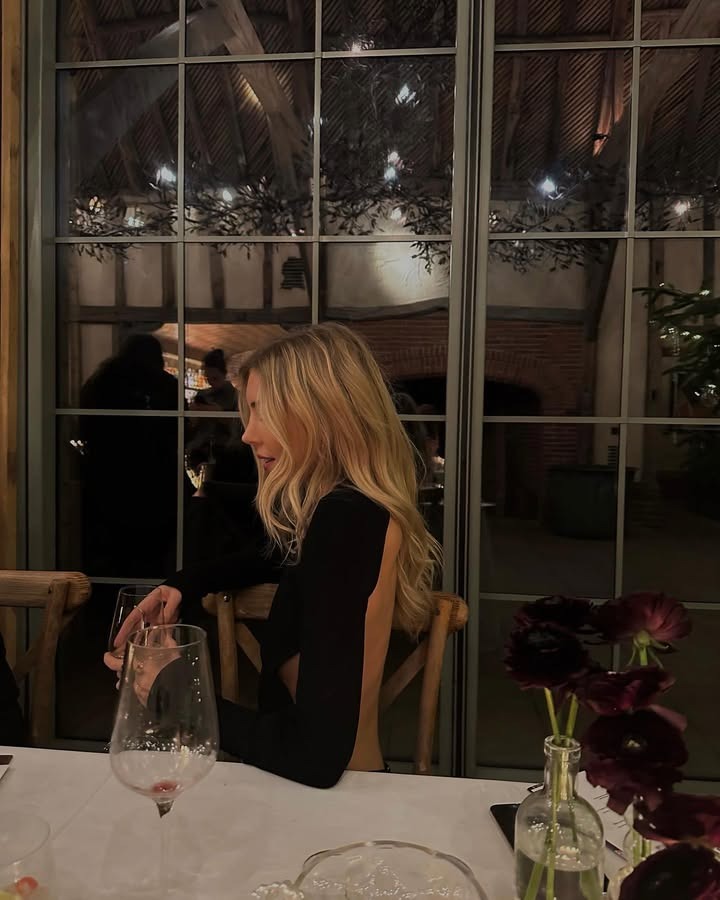
Best Interchangeable: T3 Switch Kit Interchangeable Curling Iron
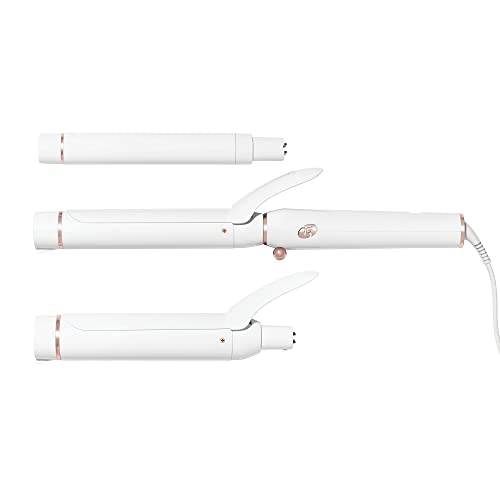
Pros: Includes three different barrel attachments, high-quality ceramic material, improves hair health and shine
Cons: Most expensive on our list
Barrel size: 1, 1.25, 1.5 in. | Material: Ceramic | Heat settings: 9
It’s nice to have variety when it comes to hair tools, which makes deciding between a thick and slim barrel a difficult task. To eliminate this issue, the T3 Switch offers three barrel attachments in varying widths—from a small one-inch iron to a one-and-a-half-inch, perfect for beachy waves—to give you multiple styling tools in one. "This iron is great for thick, fine, curly, or long hair, and I love the fact that it comes with three interchangeable barrels,” says Grace. Its twist lock makes it easy to attach and remove the different heads, and its smart heating technology keeps the plates free from hot spots.
Customer review: “I’m a professional stylist, and love this iron. It’s smooth, easy to hold/turn, and the curls last a long time. The barrel is extended so it creates the perfect waves.”
Best for Beach Waves: Mane Power Bottom + 1.25-Inch Jumbo Waver
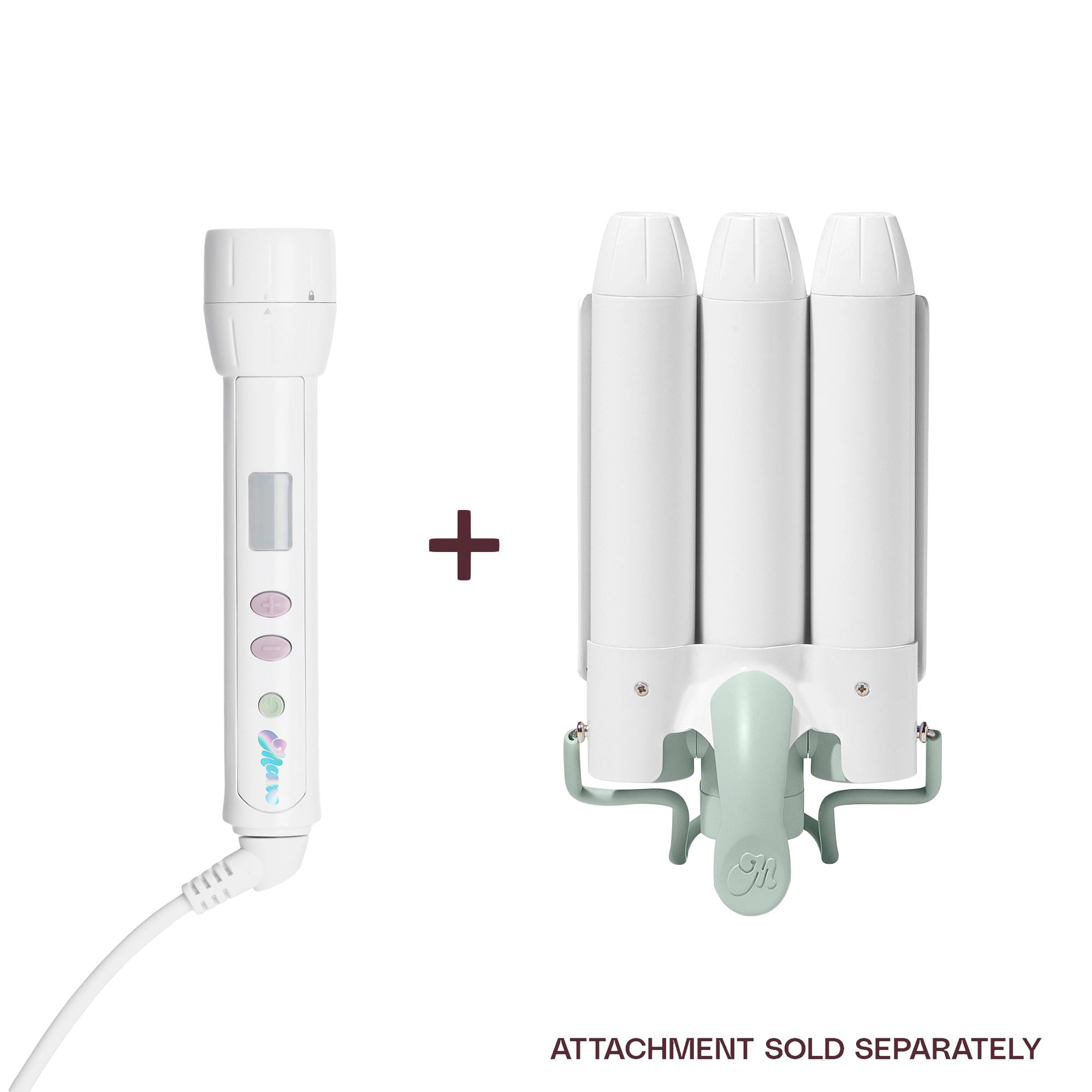
Pros: Smooths hair, versatile styling attachments, easy to store
Cons: Pieces sold separately
Barrel size: 1.25 in. | Material: Ceramic | Heat settings: Up to 410°F
Beachy, Chloé-esque waves will never be out of style, and this interchangeable styling tool offers a fabulous way to achieve them. This versatile base is compatible with multiple attachment heads, including the Jumbo Waver for easy mermaid waves, a one-inch curling attachment for tighter, more defined spirals, and a slightly thicker barrel for looser curls. Each attachment is ceramic- and nano-coated for ultra-smooth styling, and even though they’re sold separately, associate beauty editor Alyssa Brascia can attest to their value. “I’ve owned this tool, plus these three attachments, for about a year now,” she states. “I use it almost every week and never have issues—the barrels heat evenly and quickly, leaving me with smooth, sleek curls in no time.”
Customer review: “I bought the power base, jumbo waver, and wand. This was one of the best hair tool investments. I have an Airwrap, which I love, but the way the Mane tool gives me the perfect lived-in curls is unmatched. I cannot use a typical curling iron, but the wand of this tool is so easy. The jumbo waver gives me the perfect beach waves that I can dress up for the office. I love the ability to just change the top and only bring one tool around opposed to a bunch of wires of various hair tools. I would definitely recommend purchasing this.”
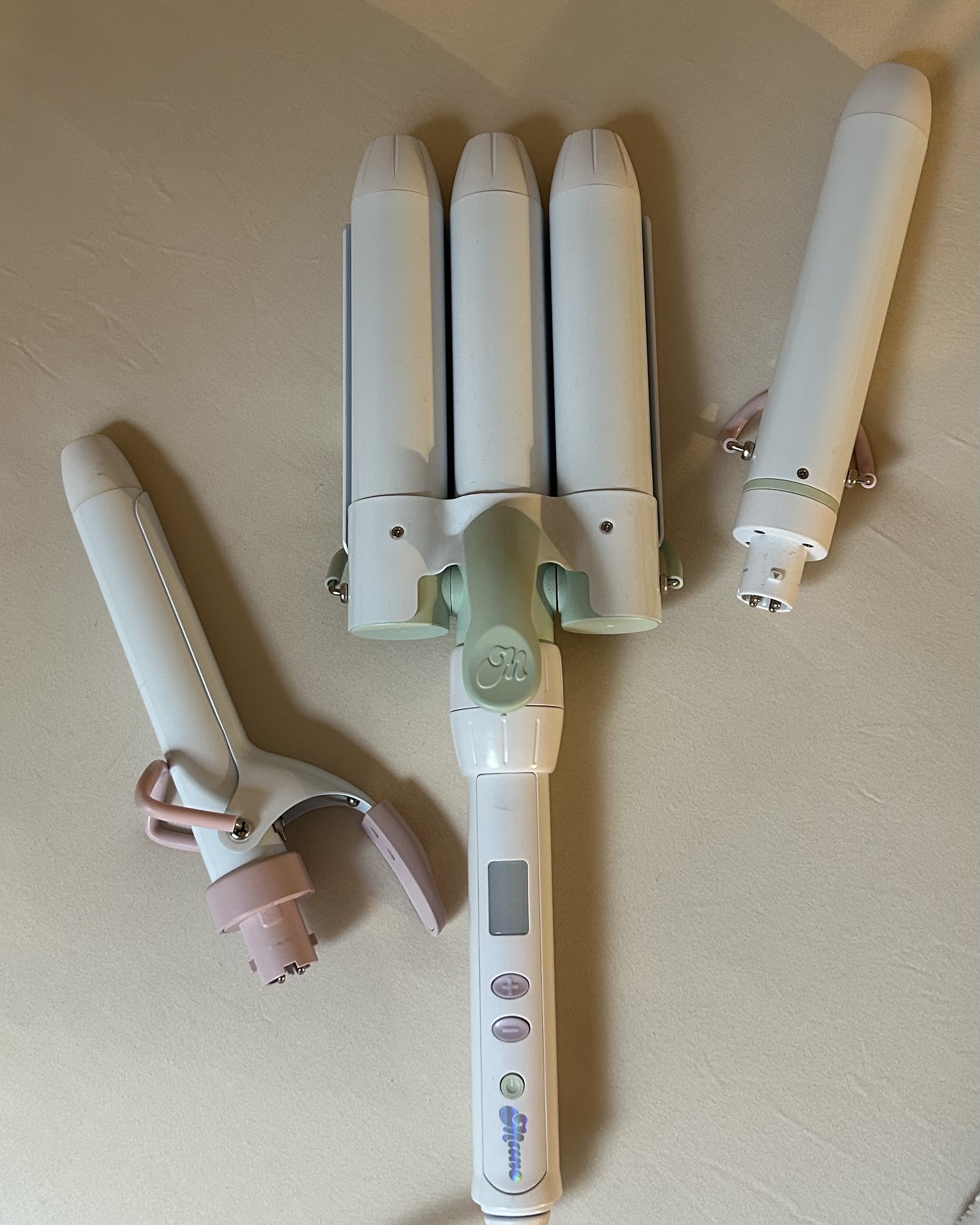
What to Look for in a Curling Iron
- Material: Not every curling iron is made equal. Most curling iron barrels are made from different kinds of metal that conduct heat, hopefully, evenly. Some coatings, like ceramic, offer strand-smoothing benefits that make hairstyles look sleeker, whereas other barrels are nano-titanium and great for fast styling.
- Barrel size: The type of curl you’re after (and the length of your hair!) will factor into which barrel size you land on. Typically, if you have longer hair, you'll want to opt for one with a longer barrel, and shorter hair will call for slimmer barrels (think one-inch stylers, like the Babyliss Nano Titanium Professional Curling Iron). However, thick barrels like our best overall pick, the one-and-a-half-inch Hot Tools iron, work great with longer strands and offer loose mermaid waves.
- Hair type: Your hair type is another aspect to consider before heading to check out. Those with thick hair might benefit from a curling iron with a long and thick barrel. If you have curly or coily hair and want to enhance your natural texture, you'll want to look for a barrel size that's close to your natural curl pattern.
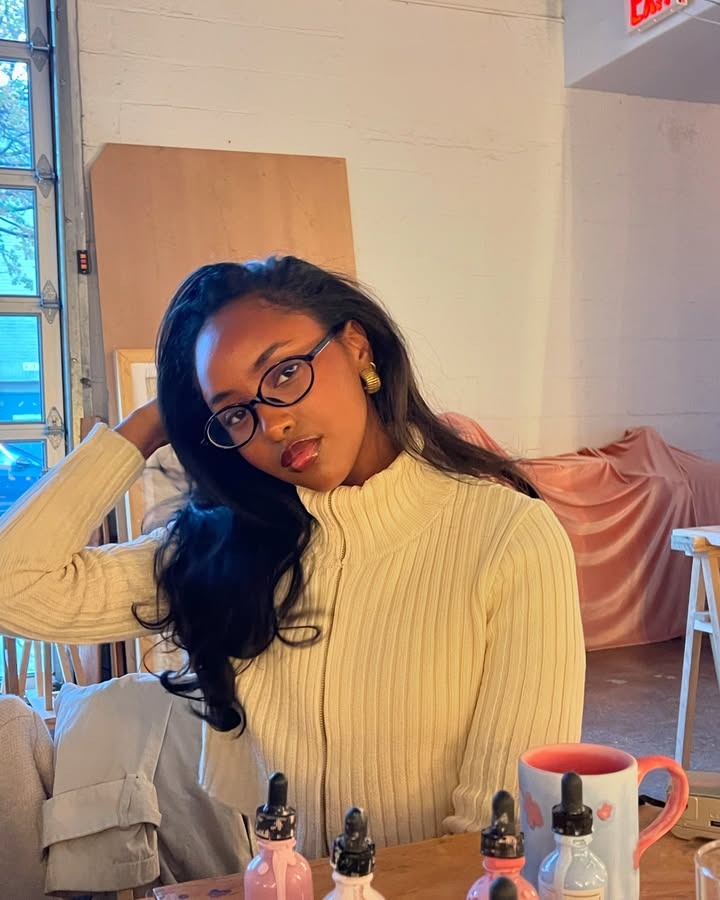
What’s better, ceramic or metal curling irons?
You’ll notice that curling irons have barrels that come in many different finishes—some of the buzzwords being ceramic, titanium, and even stainless steel. There’s no solid answer as to which is better, per se, but Marjan does recommend looking for a “professional anodized coating,” which can help improve grip and sleekness without pulling the hair.
Which curling iron barrel size is the best?
While there’s no hard-and-fast rule as to which curling iron barrel size is best, Marjan wants you to be aware of the styles that different sizes offer. “The barrel size will be different depending on hair length and desired result,” she explains. One-inch barrels fall on the smaller side (Marjan favors the thin GHD Chronos Curve Classic Iron), which offer tighter spirals, whereas larger barrels (like our best overall pick, one-and-a-half-inch Hot Tools 24K Gold Curling Iron), will create bigger, bouncier curls. “How long and the way you use the iron will also impact the result,” she adds.
How to Use a Curling Iron
If you’re new to this, Marjan has a few tips and tricks to take you from newbie to professional in no time. “Wrapping the hair around the iron will give a curlier result with more volume, whereas twisting and gliding the hair through the iron gives more of a wavy finish with less volume,” says Marjan. “The longer you hold the hair on the iron, the curlier the result will be, whereas the less time you hold it on the iron, the more of a wave or bend [you’ll get],” she adds.
To make your waves look a bit more natural, Marjan recommends playing with direction. “If you alternate directions with the iron on each piece, there will be more texture to the hair,” she explains. “If you curl in all the same direction, it will look more uniform and smooth.”
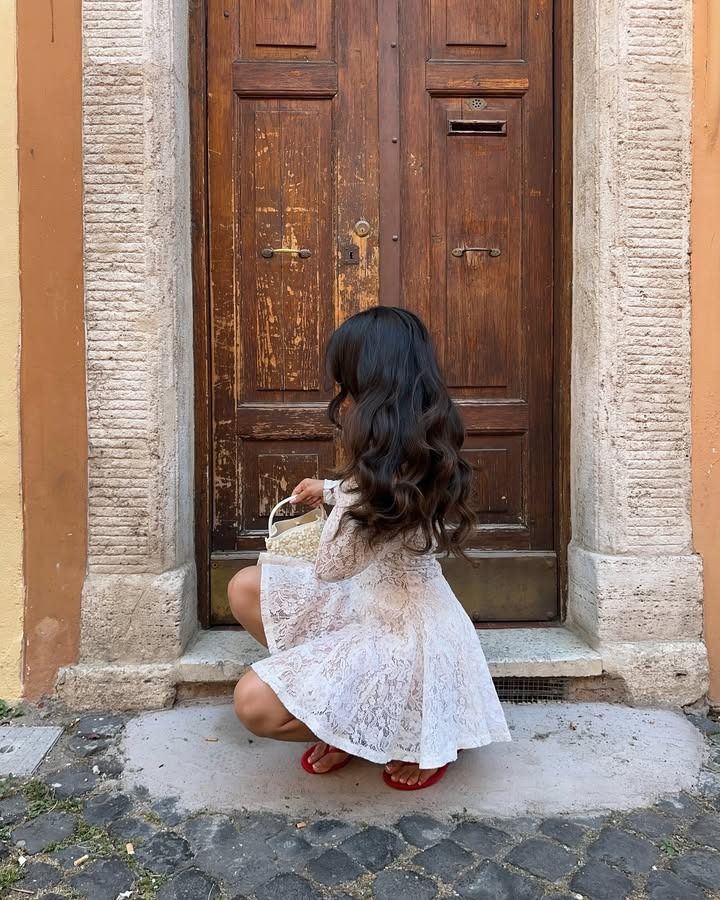
How We Chose
After interviewing several celebrity hairstylists, polling our team of expert beauty editors, and testing tools of our own for months—even years!—we concluded that these 10 are the best curling irons on the market right now. We considered price range, smart technology, material, and types of hair when selecting the tools above, keeping a diverse range of hair lengths and textures, skill levels, and budgets top of mind.
Why Trust Us
At Who What Wear, we know that beauty isn't one-size-fits-all. Over the years, our editors have tested thousands of products—including skincare, makeup, haircare, and nails—while also working closely with trusted experts, like renowned dermatologists, celebrity makeup artists, and other leading industry insiders. Together, this ensures every guide is well-researched, inclusive, and relevant to you.
We focus on formulas that deliver, whether they're affordable favorites or luxury investments. Our product selection is based on tangible results, ingredient know-how, and what we'd truly recommend to our closest friends and family members.
This article was originally published at an earlier date and has since been updated.
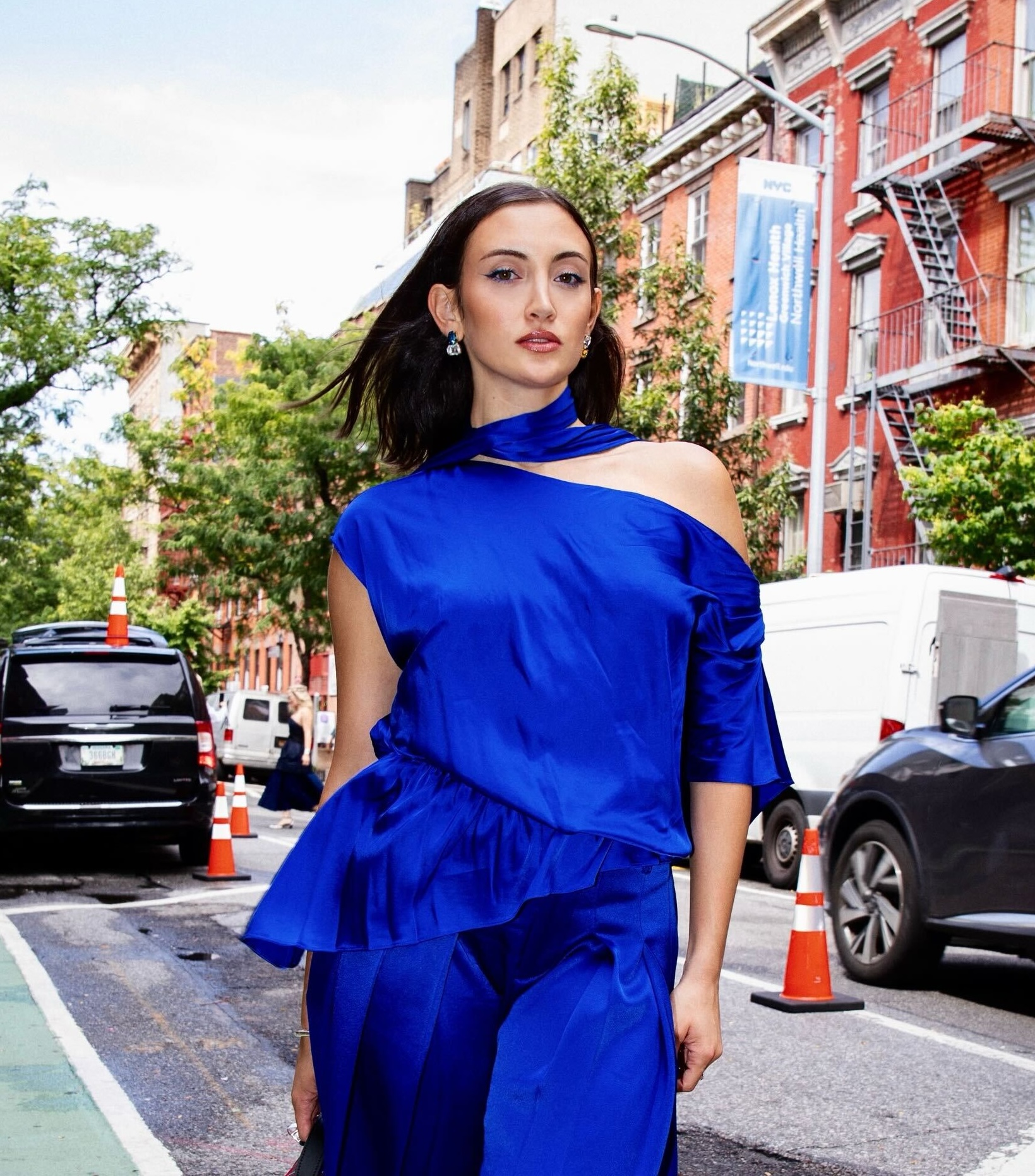
Alyssa Brascia is an associate beauty editor at Who What Wear. She is based in New York City and has nearly three years of industry experience, with rivers of content spanning from multigenerational lipstick reviews to celebrity fashion roundups. Brascia graduated with a BS in apparel, merchandising, and design from Iowa State University and went on to serve as a staff shopping writer at People.com for more than 2.5 years. Her earlier work can be found at InStyle, Travel + Leisure, Shape, and more. Brascia has personally tested more than a thousand beauty products, so if she’s not swatching a new eye shadow palette, she’s busy styling a chic outfit for a menial errand (because anywhere can be a runway if you believe hard enough).
- Shawna HudsonAssociate Beauty Editor
-
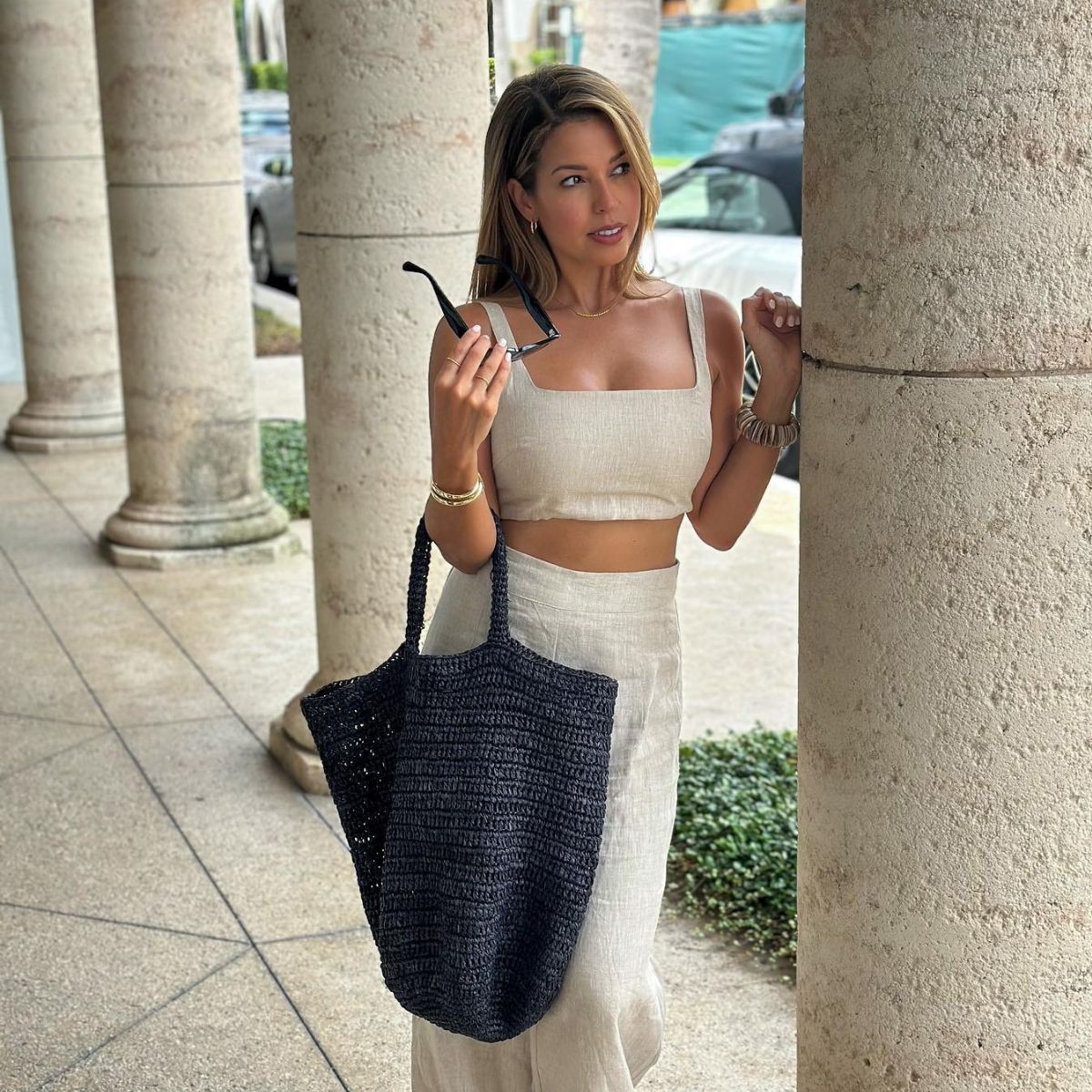 My Ridiculously Cool Aunt Has the Best Beauty Recs—16 Nordstrom Finds We're Both Shopping on Cyber Monday
My Ridiculously Cool Aunt Has the Best Beauty Recs—16 Nordstrom Finds We're Both Shopping on Cyber MondayDeals on Dyson, Tom Ford, and Jo Malone from $17.
-
 I Thought I Was Done Shopping, But Then I Saw Sephora's Cyber Monday Sale—15 Deep Discounts I Just Can't Skip
I Thought I Was Done Shopping, But Then I Saw Sephora's Cyber Monday Sale—15 Deep Discounts I Just Can't SkipSome items are up to 50% off.
-
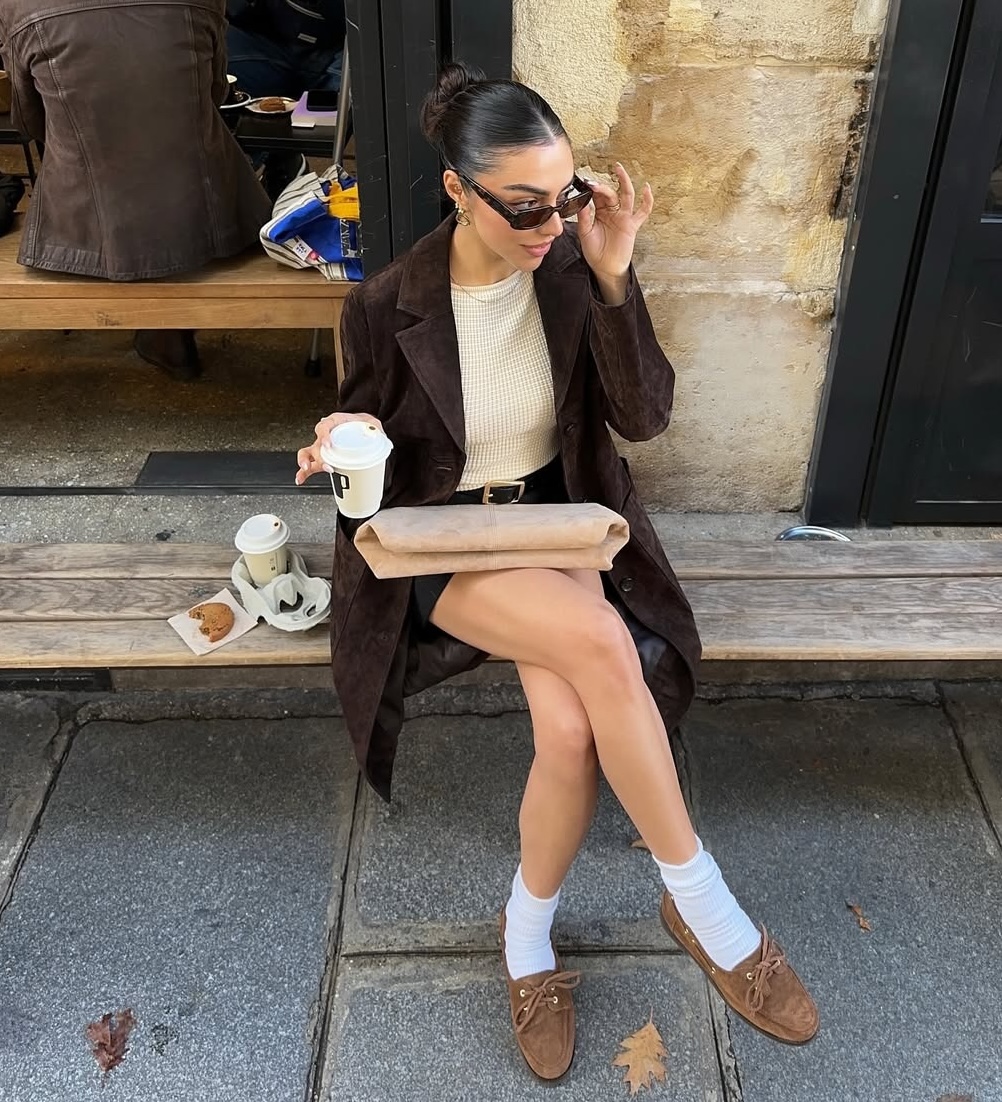 Behold: A Beauty Editor's Guide to the Best Black Friday Deals—the 43 Sales *Actually* Worth Shopping
Behold: A Beauty Editor's Guide to the Best Black Friday Deals—the 43 Sales *Actually* Worth ShoppingYour complete guide. (Thank me later.)
-
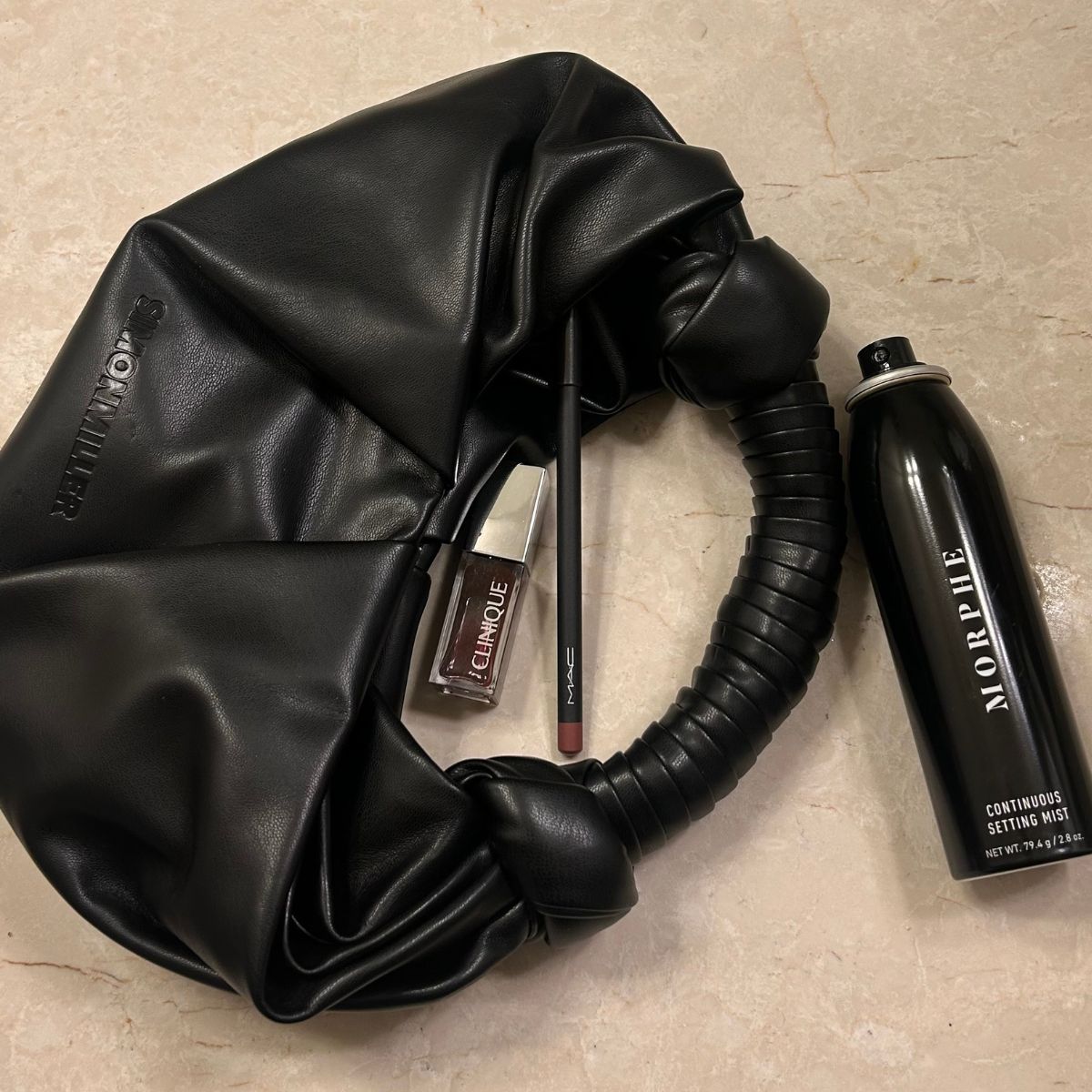 Ulta's Black Friday Sale Just Saved Me $696—I Already Sent These 25 Deals to My Family Group Chat
Ulta's Black Friday Sale Just Saved Me $696—I Already Sent These 25 Deals to My Family Group ChatSol de Janeiro, Marc Jacobs, and Burberry on sale from $13.
-
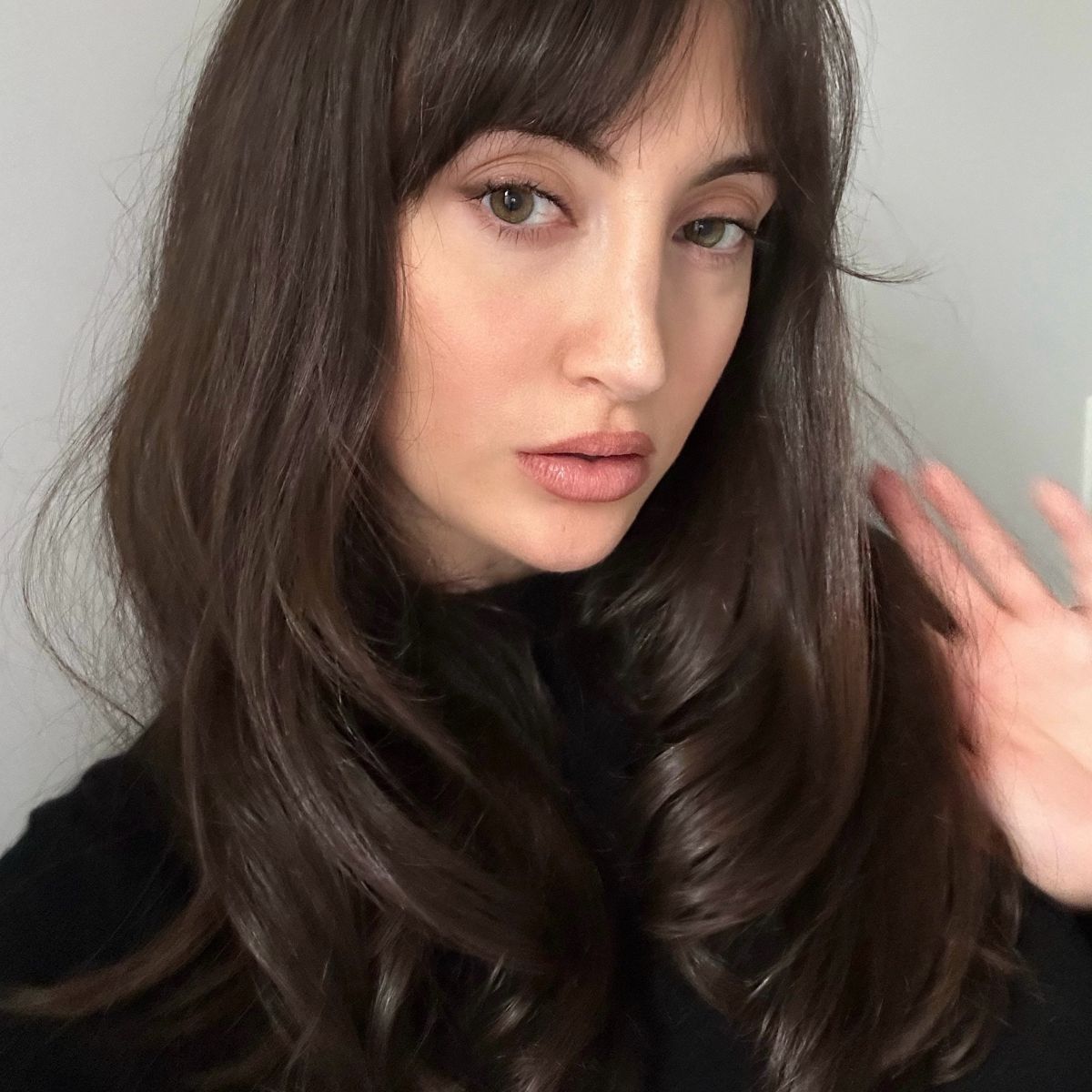 Don't Wait—the Hair Gloss That Earns Me Countless Compliments Is Cheaper Than Ever RN
Don't Wait—the Hair Gloss That Earns Me Countless Compliments Is Cheaper Than Ever RNBRB, I'm stocking up.
-
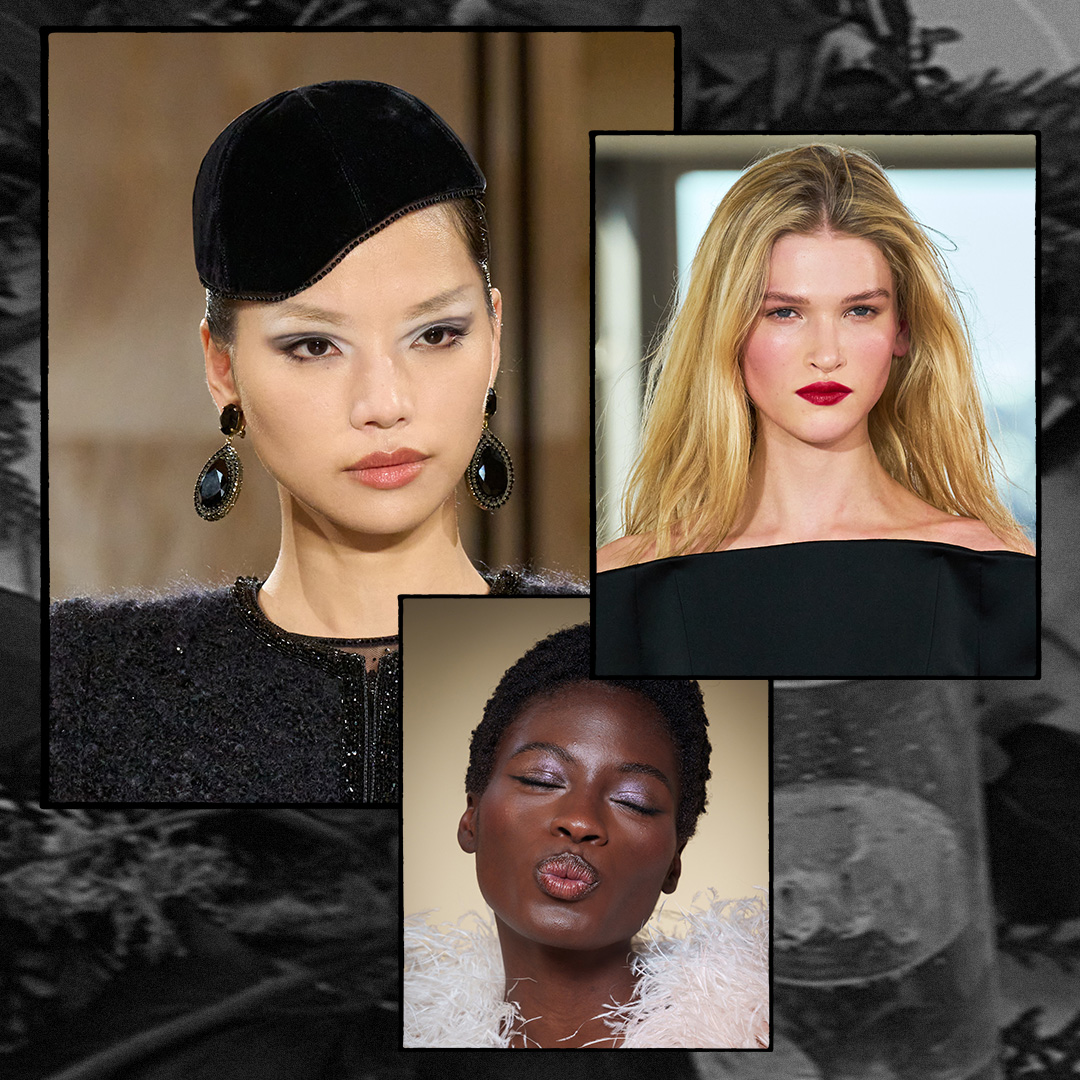 From Wine-Stained Lips to Tinsel Touches: 10 Holiday Beauty Trends Fashion People Have Been Bookmarking for Months
From Wine-Stained Lips to Tinsel Touches: 10 Holiday Beauty Trends Fashion People Have Been Bookmarking for MonthsIt's the most glamorous time of the year.
-
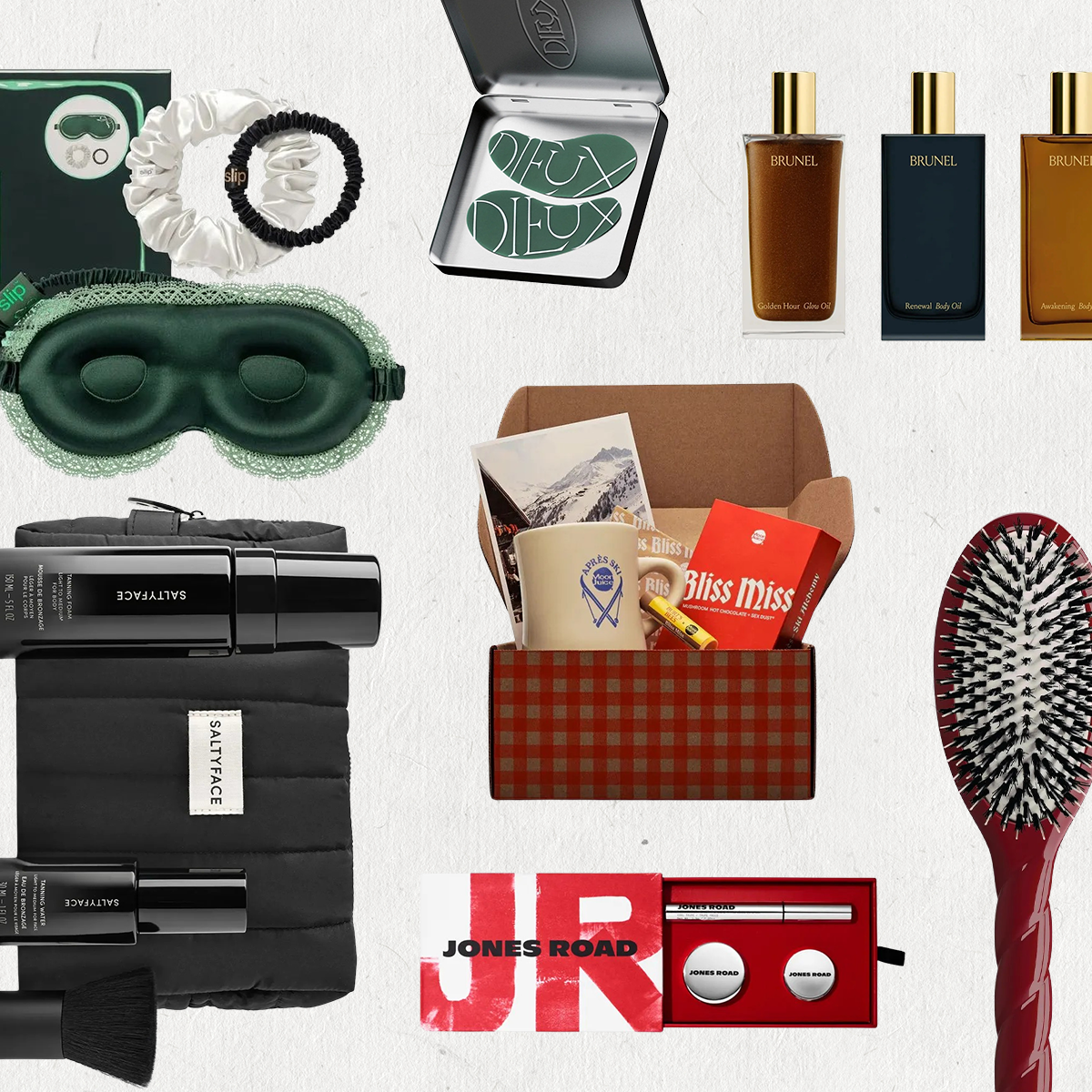 I Spent the Last Two Months Assembling a Cool-Girl Gift Guide—26 Nonbasic, Beauty-Centric Gifts
I Spent the Last Two Months Assembling a Cool-Girl Gift Guide—26 Nonbasic, Beauty-Centric GiftsThese are the items that made it past my picky personality.
-
 From Freeform to Faux—14 Stunning Loc Hairstyles to Save for Endless Inspo
From Freeform to Faux—14 Stunning Loc Hairstyles to Save for Endless InspoPlus, expert tips for maintenance.
